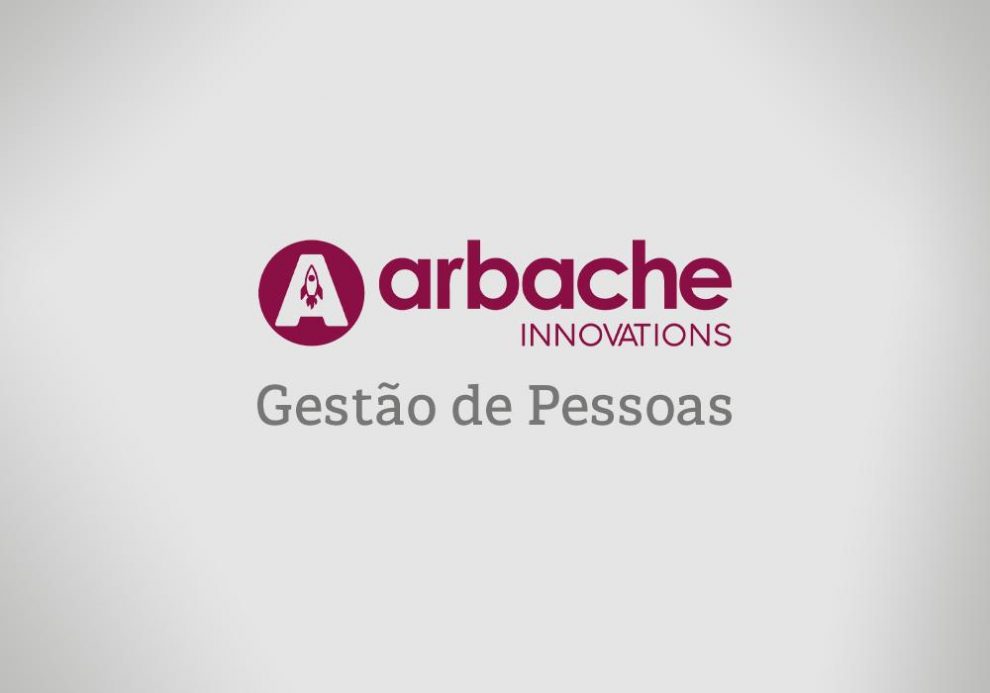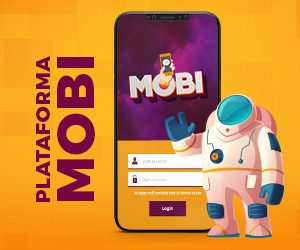The world in 2020 will be inhabited and governed by generations Y and C. In nine years, a new cultural revolution will change habits, thoughts, perceptions and desires; it will create new ideologies, ideas and truths that now still exist as part of our imagination.
All those changes will be sustained by new technologies that even though have not yet been created, already are on the mind of many individuals of these generations. These people will be the main customers on a near future, and many of them already are represented on consumption statistics today. Now, the question is: “Are you or is your company ready for this future?”
Companies need to prepare now to deal with this future reality; changes will be profound and it will take years to modify processes and cultures of organizations stuck in established theories long time ago.
To prepare for these new generations will determine your success, and more than that, your ability to survive in the future. The rise of this new community in the job and consumption market will impact society in a similar way it occurred with changes brought by Industrial Revolution in the eighteenth century, when one of the main consequences was as the explosive growth of world GDP, nearly doubling each 50 years (Booz & Company, IMF – International Monetary Fund – and World Bank).
The generation C, which in the coming years will take the lead in the world market, will be the first to never have lived before the Internet era. More than 95% of its members have computers, and more than half use instant messaging, have Facebook profiles and watch videos on YouTube. The individuals born in the ’90s are bringing new habits and concepts that differ from previous generations. For example, they live with their parents longer than any other previous generation, and the majority of their social interactions are through the internet, where they feel free to express their opinions. They are boys and girls who grew up under influences of Harry Potter, Barack Obama and Apple. In 2020, they will be 40% of the United States, Europe and BRIC’s members’ population; and 10% of the rest of the world.
It can be said with certainty that the technology’s evolution is changing the behavior between generations with increasing speed, bringing more complex and uncertain scenarios.
Analyzing the generations
Generation Y is more identified with changes related to social causes, its members are concerned about environmental sustainability and adapt quickly to new technologies.
Given these characteristics, changing attitudes toward environmental and social responsibility should be in the companies DNA, because the habit of these individuals on seeking information makes easy for them to check if an action is or not just a marketing campaign.
These people have little acceptance to hierarchy, because social networks start to allow access to people who were previously unreachable and intangible. Now anyone can access a lot of people, regardless of her position, social class, financial power… Through Twitter, everybody can ask anyone whatever comes to their mind. In this context, it becomes outdated the phrase “I want to speak with your superior”, spoken and heard so many times in business environment. Soon it will be discarded, because a consumer may leave the company and talk through one click, with a shareholder, skipping several hierarchical levels, exposing his problem to millions of other individuals.
This reality forces change in the corporate culture, this is, organizations should allow and train its employees to answer questions or solve a problem without leaving the consumer to seek another way, as this represents a huge risk for company. The proposal is decentralization, giving each employee more power, autonomy and ability to give support to these new customers.
The generation C, subsequent of Y, has a different and more complex attitude. They are, in general, less communicative, less socially interactive, little expressive, generally individualists, anxious; they have little ability to listen, immediatists, they like superficial information presented, if it’s possible, through images.
All this anxiety and extreme ease of interacting with the Internet may represent a greater risk to companies, the impatience of this generation can make its members disseminate anything they consider as a problem at the moment the event is occurring, giving no chance to the company of defend itself.
This situation is extremely critical for an organization, and can weaken it immensely. This risk can be scaled when it is known that approximately 70% of Internet users with the intention of buying seek the opinion of other consumers about a product, service or a store, on social networks, blogs or other media available on the Internet (IBOPE/Nielsen). Therefore, it is essential that companies be careful to have on internet a positive image, avoiding negative reviews, because this certainly will resonate on profit. Considering that 87% of Brazilian Internet users accessed social networks in 2010, it is likely that your company or you have been cited by someone happy or furious.
To better interact with these two generations that use the Internet to criticize or praise “absolutely everything” it’s essential to appear on it with your own project and, if it’s possible, with individuals from these generations.
Reviewing the lessons to be learned:
- Understand and learn – Understand who these generations are, but do not forget how were the previous generations as the Baby Bommers and X. We must remember that these generations are learning from their children and grandchildren, or even being helped by them to act similarly. Understanding what consumers want is important, but learning from them is fundamental, because everything changes all the time, so what is true today may no longer be tomorrow. We need to understand consumer behavior and attitudes, what they “really” want.
- Communicate – The ability to communicate is a basic premise of human race. Communicating is not merely make sounds, but to make yourselves understood using correct forms and means of establishing contact with everyone around you. Since anxiety and immediacy are absurdly large in these new generations, respond to them quickly, consistently and objectively becomes obligation. Remembering that in general these generations do not have a reading habit, e-mails, answers and manuals too much long would be abolished.
- The product (or the service?) – A product needs to be more than a product: it needs to be consistent in the service delivered to the consumer. We must remember that new consumers want to enjoy the product “features” and not the product per se. For example: what’s the mobile phone function? Talk to someone? In which way? What about its design? This is another one of its services. It is expected of a cell phone to make a series of tasks in an easy, consistent and stable manner, because if problems occur, the product will receive a lot of criticism and be discarded. It must be remembered that a product is only a means and not an end. Just think: who sells a used phone? Certainly, most people don’t! Those one who do, sell for a price very below from when was purchased, so the “hardware” has low significance, because it is disposable when its services become obsolete. Take care of the content of your product seeking to meet the pressing needs of the moment, but do not forget the packaging because it also will be taken into consideration.
Reinforcing what has already been said: take action to win over new customers is critical to the survival of any company. This action should be part of the CULTURE and be in the DNA of all organizations.
Is it Complex? Imagine that this is just a training for what may come in later generations to the C, as they will be supplied with all services, facilities, assumptions, habits, and designs available for generations Y and Z, making them just another commodity.
What can be concluded? To know how make changes, it will be the organizations’ oxygen that will be on the market in the coming decades.
Are you ready?









Awsome website ! I’ve just added it to bookmarks.